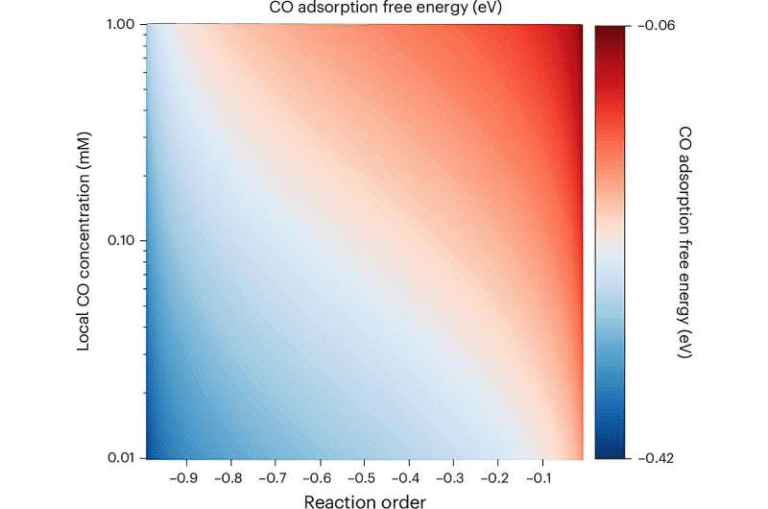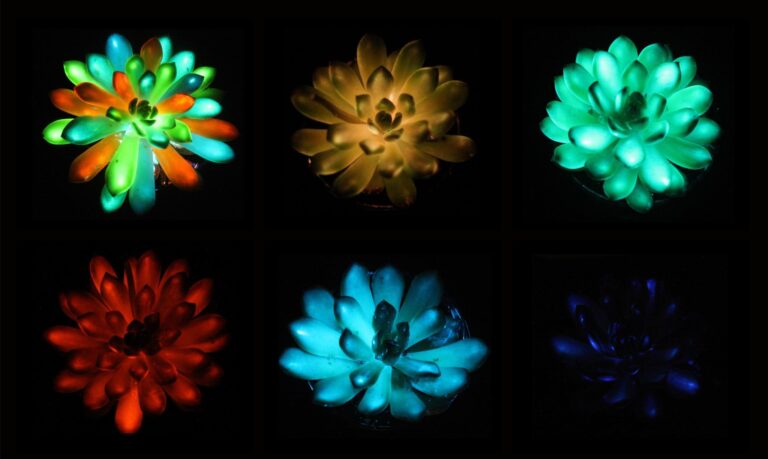Overworked Brain Cells Could Be the Hidden Driver of Parkinson’s Disease

A new study from the Gladstone Institutes has uncovered a surprising link between chronic overactivity of dopamine-producing neurons and the degeneration of brain cells seen in Parkinson’s disease. This work, published in the journal eLife in August 2025, adds an important piece to the puzzle of why certain brain cells fail and die in this disorder.
Instead of focusing on toxins or genetic mutations alone, the researchers found that simply making dopamine neurons work too hard for too long was enough to trigger their breakdown. This finding not only offers a fresh perspective on the disease but also provides a new animal model for studying Parkinson’s without relying on chemical toxins.
Let’s walk through the details of what was done, what was discovered, and why it matters.
The Basics: Dopamine Neurons and Parkinson’s Disease
Parkinson’s disease affects more than 8 million people worldwide. It is characterized by tremors, muscle stiffness, slowed movements, and problems with balance and coordination. At its core, the disease is tied to the gradual death of neurons that produce dopamine, a chemical messenger essential for controlling smooth and precise movement.

These vulnerable neurons are mainly located in a brain region called the substantia nigra pars compacta (SNc). As they die off, the brain struggles to regulate movement, leading to the classic symptoms of Parkinson’s.
For years, scientists have known that these dopamine neurons show unusual patterns of overactivity in Parkinson’s patients. However, it was not clear whether this overactivity was just a reaction to neuron loss or if it could actually be the cause of degeneration.
How the Study Was Done
The research team, led by Ken Nakamura at the Gladstone Institutes, used advanced tools to test the role of chronic overactivation directly.
- Chemogenetic Approach
- The scientists introduced a special receptor (hM3Dq DREADD) into the dopamine neurons of adult mice.
- This receptor made it possible to artificially control the neurons’ activity using a drug called clozapine-N-oxide (CNO).
- Continuous Activation
- Unlike previous experiments that only briefly stimulated the neurons with injections, the team added CNO to the mice’s drinking water.
- This meant the dopamine neurons were kept in an overactive state for weeks, closely mimicking the prolonged overactivity suspected in Parkinson’s disease.
- Verification
- Electrophysiological recordings confirmed that the neurons were indeed firing more frequently and were chronically activated.
This setup allowed the researchers to carefully observe what long-term overactivation would do to dopamine neurons.
Step-by-Step Findings
Behavioral Changes
Within just a few days of continuous stimulation, the mice showed disrupted day-night activity cycles.
- They were more active during the light cycle (when mice are normally less active).
- They became less active during the dark cycle (their usual active period).
This indicated that dopamine release patterns were being disturbed by the chronic overactivation.
Early Signs of Degeneration
By about one week, the researchers saw damage to the long projections (axons) of dopamine neurons, especially those extending from the substantia nigra to the striatum, the brain’s movement control hub.
These early axonal changes are important because they resemble what happens in human Parkinson’s disease, where axons degenerate before the neurons themselves die.
Neuron Death
After about one month of overactivation, the dopamine neurons themselves began to die.
- Neurons in the substantia nigra were hit hardest.
- Neurons in the ventral tegmental area (VTA), which are more involved in motivation and emotion, were largely spared.
This selective vulnerability mirrors the pattern of cell death seen in patients.
Cellular Stress and Molecular Changes
The chronically activated neurons developed elevated calcium levels, which is known to stress cells and contribute to degeneration.
Gene expression analyses revealed that:
- Genes involved in dopamine metabolism were turned down.
- Genes controlling calcium regulation and stress responses were also reduced.
These changes appeared to be the neurons’ attempt to protect themselves from excessive dopamine (which can be toxic at high levels) and from calcium overload. But over time, this self-protective shift failed, leading to cell death.
Human Relevance
To see if these findings were relevant to people, the researchers compared their results with brain samples from early-stage Parkinson’s patients.
They found the same patterns of gene changes: reduced activity in dopamine metabolism, calcium regulation, and stress-response genes.
This overlap strongly suggests that the mechanism observed in mice reflects what actually happens in human Parkinson’s disease.
A Vicious Cycle Hypothesis
The study proposes a troubling cycle that may underlie Parkinson’s progression:
- Some dopamine neurons start to die due to aging, genetics, or environmental factors.
- Surviving neurons become overactive in an attempt to compensate for the lost ones.
- This overactivity leads to stress, calcium overload, and reduced dopamine production.
- The overworked neurons eventually burn out and die.
- The cycle repeats as fewer and fewer neurons are left to carry the workload.
What This Means for Treatment
The discovery raises intriguing therapeutic possibilities. If overactivity itself is harmful, then adjusting the activity patterns of dopamine neurons might slow or prevent degeneration.
Possible strategies include:
- Drugs that stabilize calcium levels or reduce metabolic stress.
- Deep brain stimulation (DBS) techniques designed not only to treat symptoms but to protect vulnerable neurons.
- Developing therapies that prevent the compensatory overactivity that pushes neurons into burnout.
Why This Study Is Different
Most Parkinson’s animal models rely on toxins like MPTP or rotenone to kill dopamine neurons. While useful, these models don’t fully replicate the slow, progressive nature of human Parkinson’s.
This new chemogenetic model provides a toxin-free, controlled way to study gradual neuron degeneration. It is especially valuable for exploring the early stages of the disease, when axons begin to fail before massive neuron loss occurs.
Broader Context: Dopamine Neurons and Their Unique Vulnerability
Dopamine neurons in the substantia nigra are unusually fragile compared to other types of brain cells. Some reasons scientists point to include:
- High energy demands: These neurons have large axonal networks that require significant energy to maintain.
- Calcium handling: They rely heavily on calcium channels for their rhythmic firing, which may make them prone to calcium overload.
- Dopamine itself: While essential, dopamine can form toxic byproducts if not tightly regulated.
This combination makes them particularly sensitive to stressors like chronic overactivity.
Parkinson’s Research: Other Leading Theories
While overactivity is now a strong candidate, it is not the only factor thought to contribute to Parkinson’s:
- Alpha-synuclein aggregation: This protein can misfold and clump together, forming Lewy bodies that disrupt cell function.
- Mitochondrial dysfunction: Neurons may struggle to produce enough energy, leading to cell death.
- Genetic mutations: Genes such as LRRK2, PARK7, and PINK1 are linked to familial Parkinson’s.
- Environmental exposures: Pesticides and heavy metals have been associated with higher risk.
The new findings don’t rule out these factors but suggest that overactivation could be the final common pathway through which many of them exert their harmful effects.
Final Thoughts
This research provides compelling evidence that dopamine neurons can literally exhaust themselves to death when forced into overdrive for long periods. By modeling this process in mice and finding similar molecular signatures in human patients, scientists now have a new angle for tackling one of the most challenging neurodegenerative diseases.
The hope is that by modulating neuronal activity, protecting calcium balance, or reducing the metabolic burden on these cells, it may be possible to slow the progression of Parkinson’s disease—a condition that currently has no cure.
Research Reference: Chronic hyperactivation of midbrain dopamine neurons causes preferential dopamine neuron degeneration – eLife (2025)





